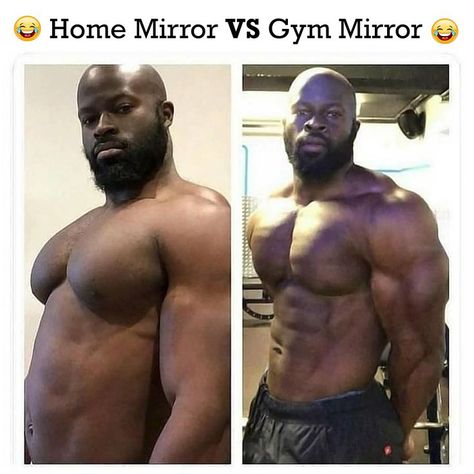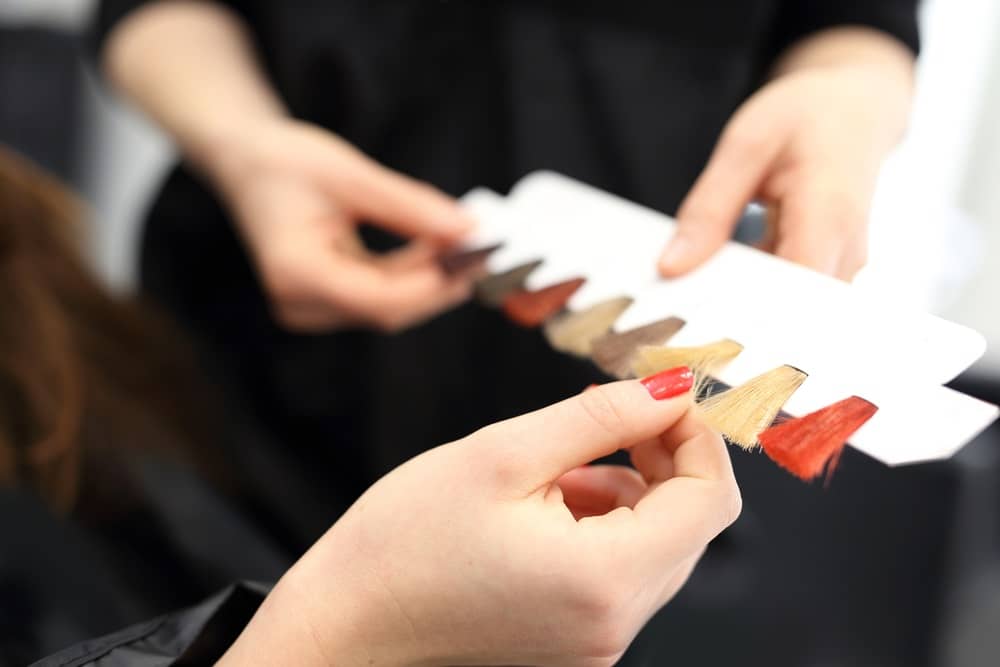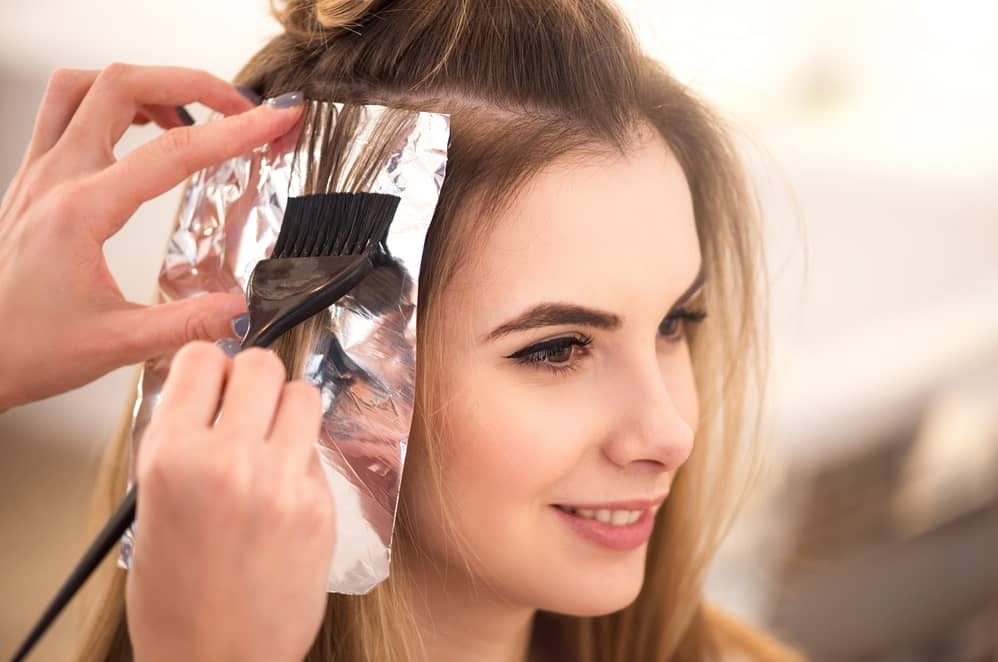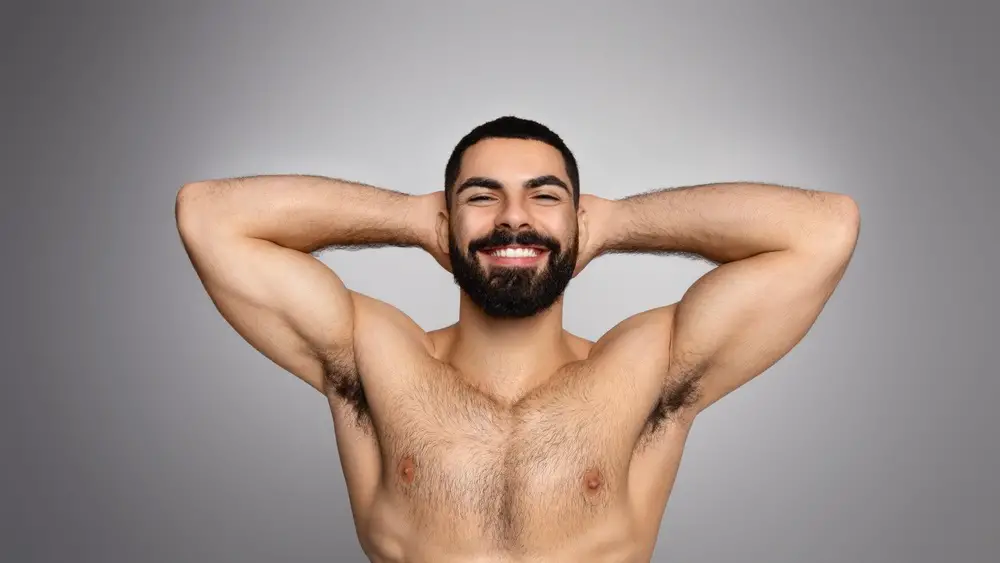Have you ever looked in the mirror and noticed that your beard is a completely different color than the hair on your head? If so, you’re not alone. Many men find themselves puzzled by the fact that their facial hair grows in a lighter shade than their scalp hair. Whether it’s a reddish tint, a streak of blonde, or even a patch of gray that seems out of place, this phenomenon is surprisingly common. But why does it happen?
Let’s explore some of the key reasons why your beard might be lighter than your hair.
1. Genetics: The Ultimate Decider
The simplest answer lies in your genetics. Hair color, including that of your beard, is determined by the amount and type of melanin produced by the hair follicles. There are two types of melanin at play: eumelanin, which contributes to darker hair colors like brown and black, and pheomelanin, which gives hair its reddish and lighter tones.
Your genetics control how much of each type of melanin is produced, and the ratio of these melanin types can vary between different parts of your body. The follicles in your scalp may produce more eumelanin, leading to darker hair, while your beard follicles may produce more pheomelanin, resulting in lighter or reddish facial hair.
Genetic quirks, like heterochromia, mean that it’s entirely possible for someone to have different hair colors across various parts of their body, and this includes having a lighter beard.
2. Androgen Sensitivity: Hormones Play a Role
Facial hair growth is largely influenced by androgens, particularly testosterone. While androgens stimulate the growth of hair in the beard and body, they also interact differently with the hair follicles compared to the scalp.
Androgen receptors in the hair follicles on your face are more sensitive to the effects of testosterone than those on your scalp. This hormonal interaction can not only affect the texture and thickness of your beard but also its color. In some cases, the increased sensitivity to androgens can trigger changes in pigment production, leading to lighter or even reddish hues in your beard while your scalp hair remains darker.
3. Aging and Premature Graying
As you age, your body produces less melanin, which is why hair tends to gray over time. Interestingly, this process doesn’t always happen evenly across your body. Some men experience premature graying in their beards before they see it in their scalp hair.
If you’ve noticed that parts of your beard are lighter, it could be the early signs of graying. This is especially common if you see patches of lighter hair rather than an overall change in color. Since facial hair tends to grow in cycles, it’s possible that your beard is simply graying at a different pace than the hair on your head.
4. Environmental Factors
Believe it or not, the environment can also influence the color of your beard. Factors like sun exposure can naturally lighten hair over time. If your beard is frequently exposed to the sun, it may develop a lighter or more reddish tone, similar to how hair on your scalp may develop natural highlights.
Additionally, if you spend time in environments with harsh chemicals or pollutants, this could also affect the pigment in your beard differently than in your scalp hair. However, these changes tend to be more subtle than those caused by genetics or hormones.
5. Nutritional Factors
Your diet and overall health can have a significant impact on your hair’s health and color. A deficiency in certain vitamins and minerals, such as Vitamin B12, iron, or zinc, can contribute to changes in hair color and texture.
While nutritional imbalances are less likely to be the sole cause of a lighter beard, they can exacerbate existing color differences. A healthy, balanced diet can help maintain the vibrancy and uniformity of your hair color, but genetics and hormones will usually still have the final say.
6. Natural Variation: The Beauty of Individuality
Lastly, some of the color variation between your beard and your scalp hair might simply come down to the natural uniqueness of your body. Hair is often more multifaceted than we realize, containing slight variations in color and texture. This is what gives some men their naturally streaked or highlighted look.
It’s not uncommon for a man’s beard to be a blend of colors, with some parts being lighter than others. This natural variation is part of what makes facial hair so distinct and personal. Instead of worrying about the mismatch, it can be seen as a unique feature that adds character and individuality to your appearance.
Embracing the Difference
If you’ve ever found yourself wondering why your beard is lighter than your hair, it’s often a combination of genetics, hormones, aging, and environmental factors. In many cases, it’s just another way your body expresses its individuality.
Rather than seeing it as a flaw, embracing these differences can make your beard a distinctive part of your personal style. Whether it’s blonde, red, or even starting to gray, your beard is a reflection of your unique biology—and that’s something to be proud of.








